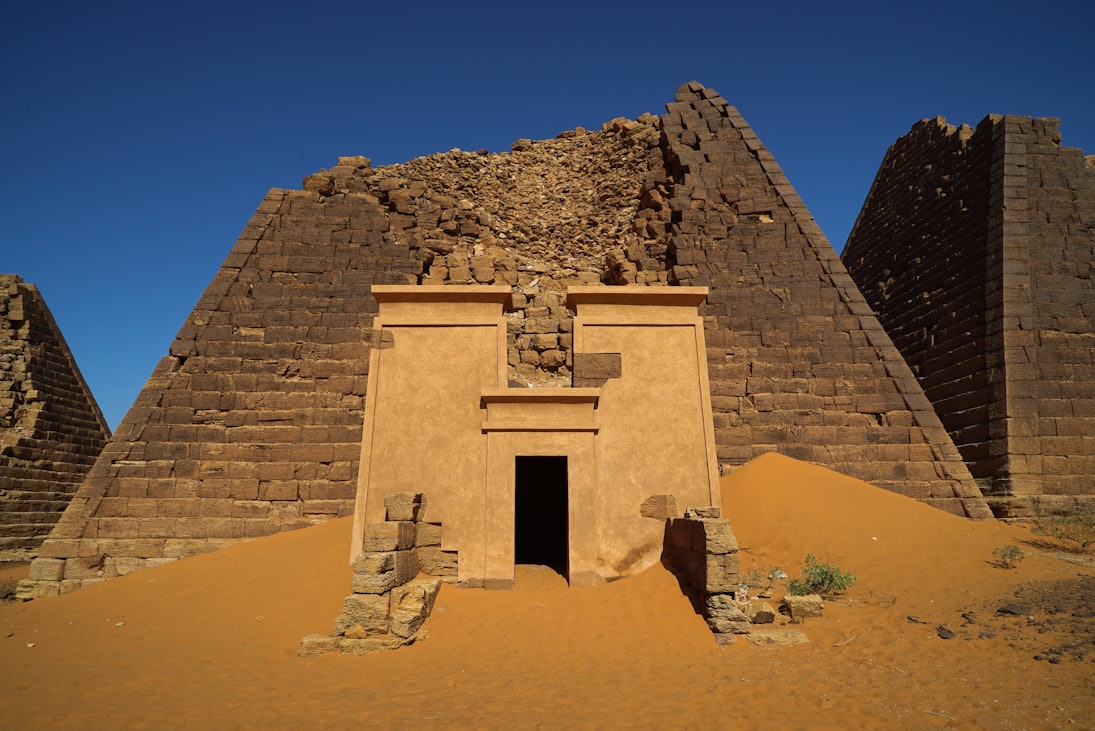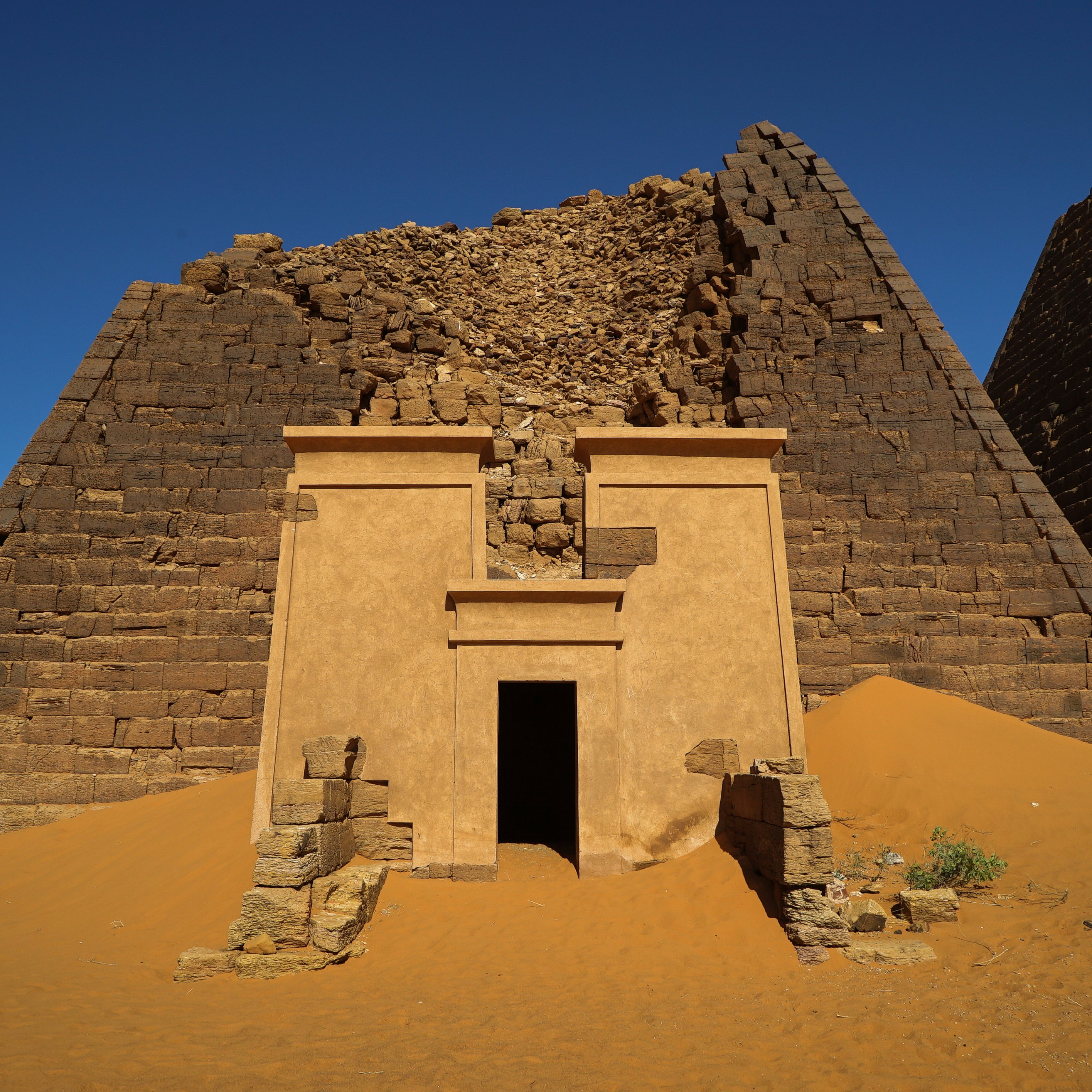

Overview
Wake at the break of day under the golden pyramids of godlike kings of old, traverse a searing desert to the place where two Niles become one, and watch a million ruby-red fish swarm through gardens of coral. For the few travelers who venture here, the sights found amongst Sudan's sweeping hills of sand come as a fantastic surprise.
Plan your trip with Guide, an AI travel planner!
Create a personalized trip itinerary in seconds using artificial intelligence.
Must-see attractions
in partnership with getyourguide









